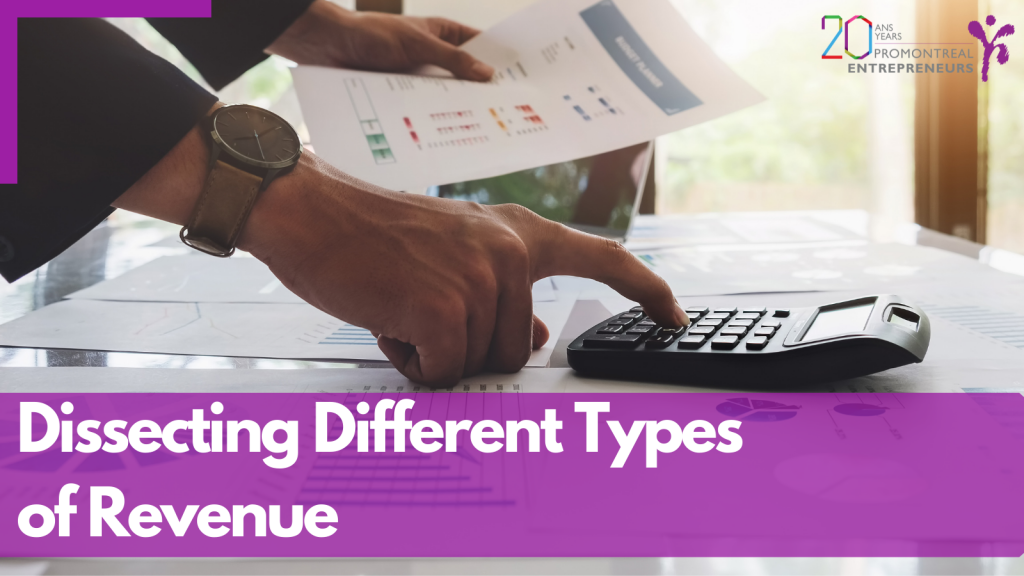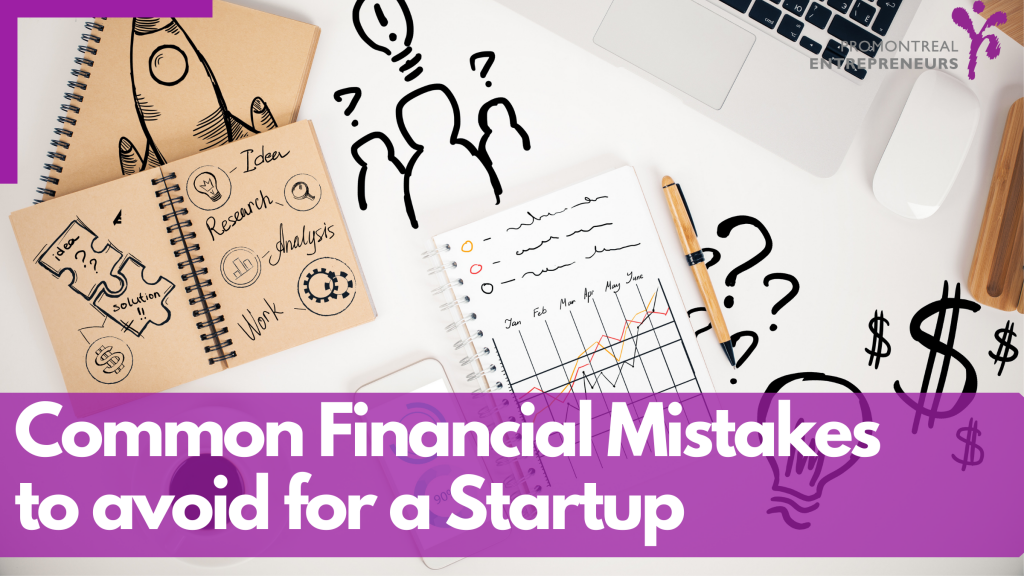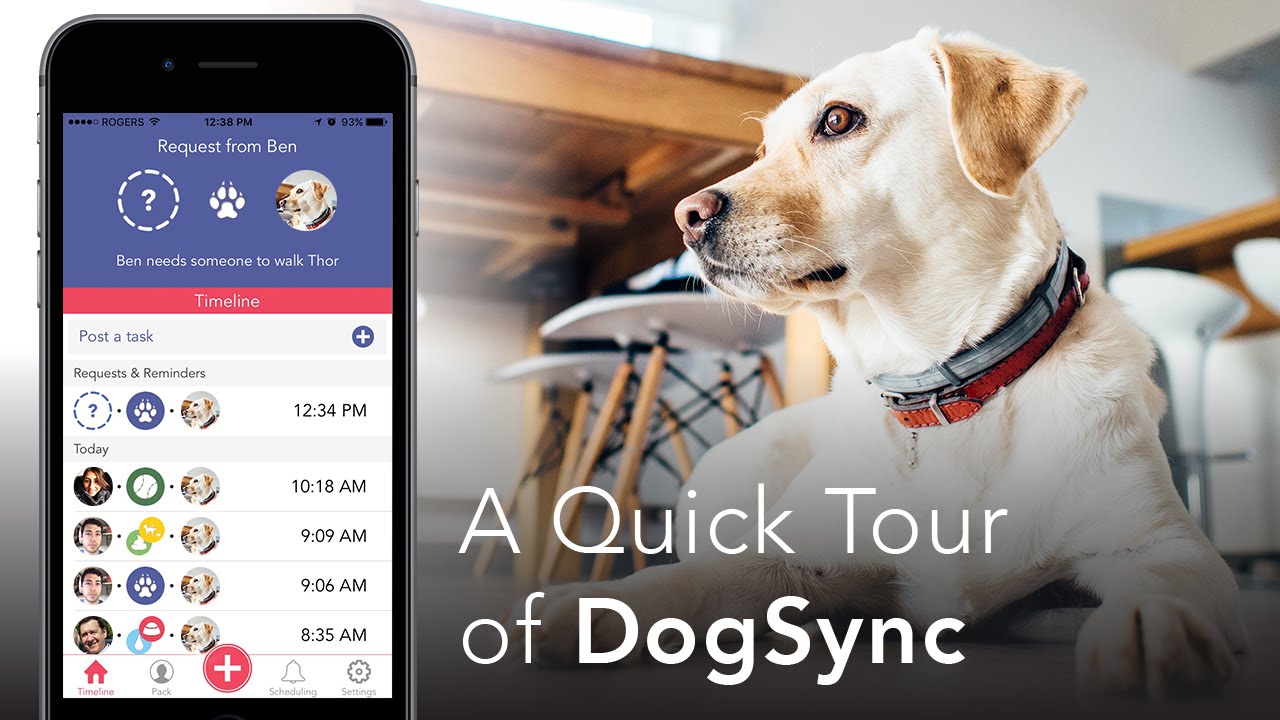
Crafting an investor update can, at first glance, seem like a challenging endeavor, but let’s demystify the process. As a budding entrepreneur, understanding that this task is a crucial element in maintaining a transparent and symbiotically beneficial relationship with your investors is key. It’s not merely a corporate requirement; it’s an exceptional opportunity for you to pause, look back at your journey, pinpoint any stumbling blocks you’ve encountered, and envision a path forward. This guide is designed to help you navigate this seemingly complex task with ease and efficacy.
We’ll kick things off by digging into why these updates are so important. Regular and clear communication with your investors provides a peek into the engine room of your business. This allows them to spot potential hurdles and golden opportunities, sometimes before they even become apparent to you. This proactive participation not only keeps them actively involved but also engenders a feeling of mutual advancement and success. Moreover, there’s compelling data backing up the importance of these updates – according to research, startups that offer regular investor updates are three times more likely to receive additional funding from existing investors. So, it’s crystal clear; crafting effective updates isn’t just a polite gesture, it’s a strategic move that could positively influence your venture’s durability and expansion.
Understanding the significance of these updates, let’s delve deeper into their composition. Your guiding principles should be simplicity, brevity, and clarity. An investor update need not be a lengthy or elaborate document; in fact, a well-crafted update can be as succinct as it is insightful. Here’s a suggested framework to help you structure your updates:
1. Highlights: Kick off your update by sharing the positive strides you’ve made since your last check-in. These could be critical milestones reached, new clients brought on board, innovative features unveiled, or any other accomplishments indicative of forward momentum. Remember, your investors are looking for signs of progress, so take this opportunity to showcase your wins.
2. Lowlights: This is your chance to demonstrate your transparency and resilience. Share the difficulties currently on your plate, and elucidate the strategies you’re utilizing to surmount them. This forthrightness not only bolsters trust but also exemplifies your proactive approach towards problem-solving.
3. Asks: A golden opportunity lies here to leverage the collective wisdom and far-reaching networks of your investors. Whether you need introductions to potential customers, help with recruitment, or advice on a critical issue, make your requests here. Remember, specificity is crucial – the clearer your asks, the better your investors can assist you.
4. Thanks: A simple but essential gesture – acknowledge the investors who’ve lent a helping hand with your previous asks. This not only promotes active participation but also nurtures a feeling of community and shared victory among your investors.
5. Customer Story: Add a vibrant splash of human interest by incorporating a compelling customer story. This breathes life into your product or service, showcasing its impact in the real world and resonating emotionally with your investors.
6. KPIs: Wrap up your update with key performance indicators, restricting yourself to five or six vital metrics. These could be revenue figures, headcount, runway, or a “north star” KPI that suggests future earnings or traction.
As for how often these updates should be sent, it largely depends on your startup’s stage. If you’re in the very early phases, consider weekly updates. As your venture finds its footing and matures, transition to monthly updates. Once you’re a growth-stage company, a quarterly rhythm usually suffices. Investor updates aren’t mere paperwork; they’re a fundamental aspect of demonstrating to your investors that you’re an engaged entrepreneur and a responsible custodian of their capital. It’s a mechanism that builds trust, stimulates open communication, and ensures swift intervention can be taken if things are veering off course. Your investors are not just check-writers; they are partners on this exhilarating journey. They can provide invaluable help and guidance when they’re in the loop, regardless of whether the news is upbeat or somber.
So there you have it. Crafting investor updates isn’t just a mundane task; it’s a process of introspection, communication, and active engagement. It’s about showing your investors that you genuinely appreciate their partnership and are dedicated to keeping them involved in your voyage. With these guidelines, you’ll find this task less intimidating and much more rewarding.












 When deciding how much equity split to give to a co-founder, your goal as CEO is to create a split that will maximize motivation. The amount of equity you give to a co-founder will determine the amount of work and energy they put into the start-up.
When deciding how much equity split to give to a co-founder, your goal as CEO is to create a split that will maximize motivation. The amount of equity you give to a co-founder will determine the amount of work and energy they put into the start-up.